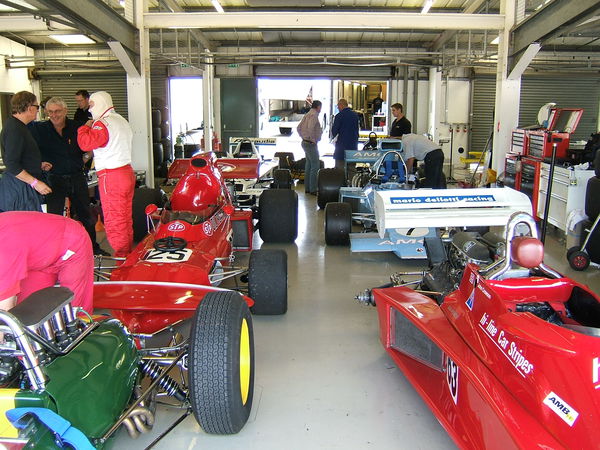

To ensure that all the drivers take part in the qualifying event, the FIA has tweaked the qualifying race rules, from the 2019’s Formula One season. Since 2018, any driver with over 15 penalty places was automatically relegated to the back of the grid. If over one driver is facing a penalty, the starting order is always based on when the offence is committed. For an example, if power elements cause a grid penalty, the order in which they were used on the track shall determine the grid’s starting position.
Most of the drivers have managed to take advantage of the situation as they would leave their garage ahead of time and park the cars at the end of pit late and start early on the track during the free practice run, thereby guaranteeing a higher position.

ADVERTISEMENT
Article continues below this ad
ADVERTISEMENT
Article continues below this ad
We saw the best example of this phenomenon during the Russian Grand Prix, when four of the cars were waiting at the pit-lane exit. Such drivers also made a habit of making a token appearance at the Q1 and venture out in Q2 and Q3 to save mileage as well as tyres.
To stop the rampant misuse of this loophole, the FIA has created a new rule that will come into effect from 2019. According to the new axiom, the penalized drivers will line up on the grid based on their qualifying order. This new rule will force the penalized drivers to remain competitive in the qualifying segment, which will ensure that all the cars are fighting in the shootout.
The World Motor Sport Council tweaked a few other changes in the rules including the one about fuel handling procedures. Effective immediately the teams have to use the race event fuel procedure even for tests.
ADVERTISEMENT
Article continues below this ad
The council has also confirmed a few other minor regulations to tidy up the mixed message that is being sent out during the deployment of the safety cars.
The teams are now allowed to carry out unrestricted CFD simulations to develop the car towards the 2021 regulations. The feedback that has been gathered from this is expected to help F1 as well as the FIA to shape the rules in a better way.
ADVERTISEMENT
ADVERTISEMENT
ADVERTISEMENT
ADVERTISEMENT

